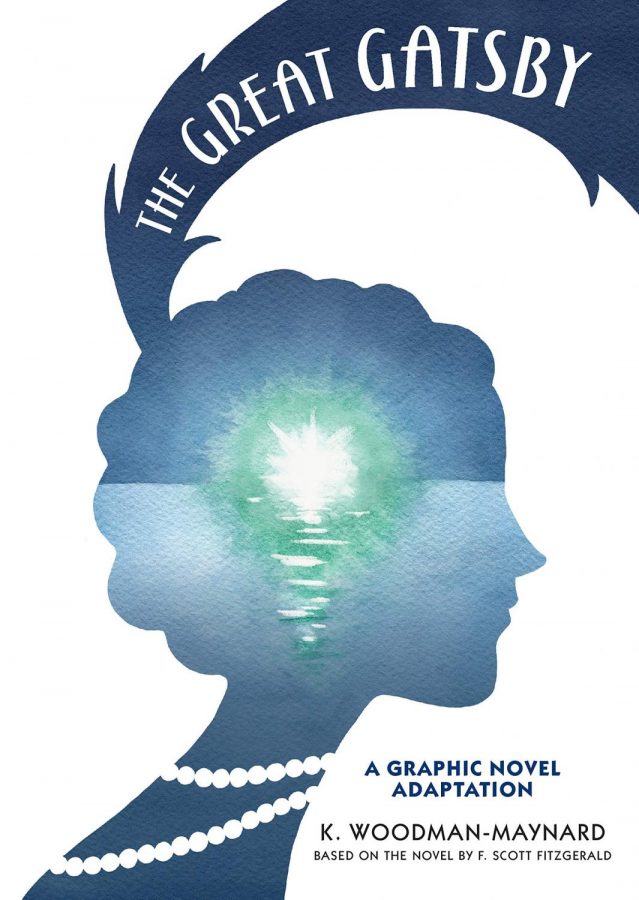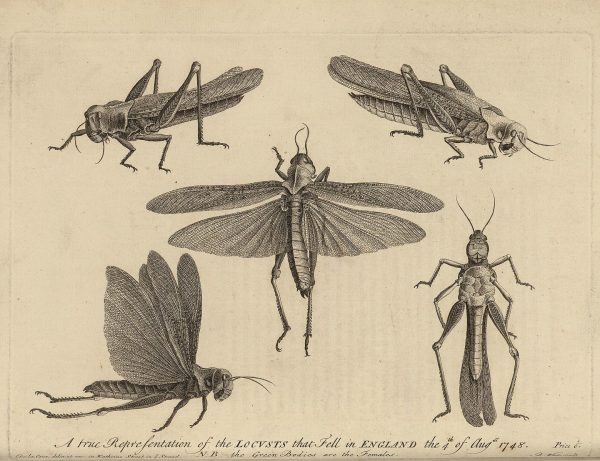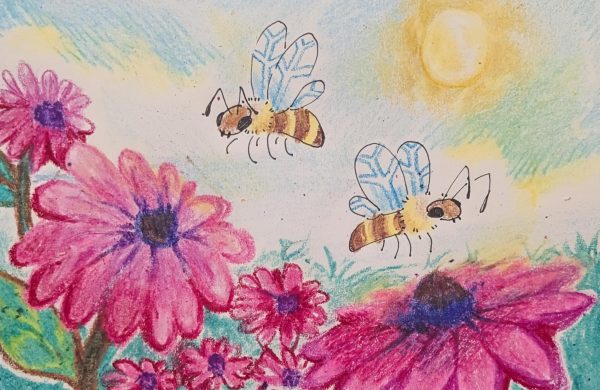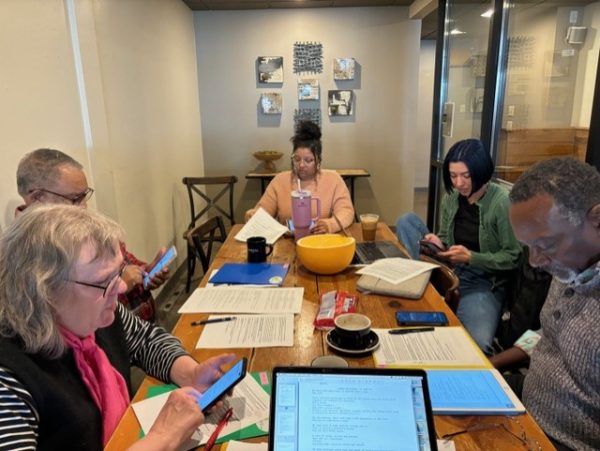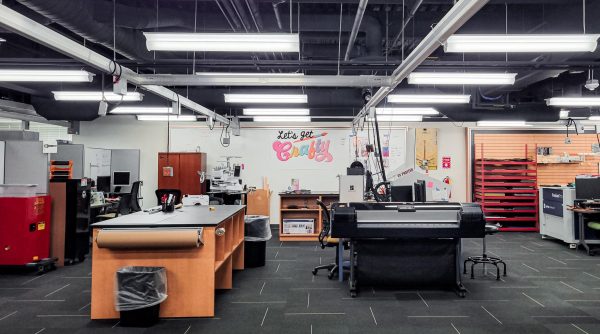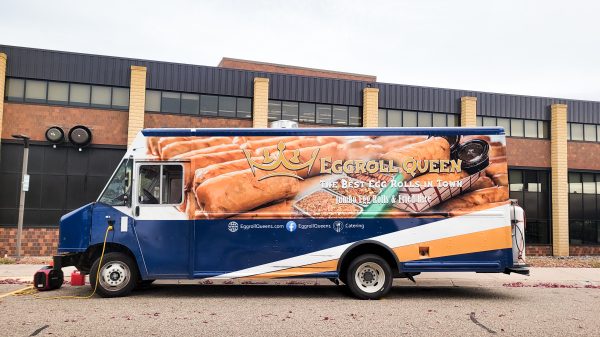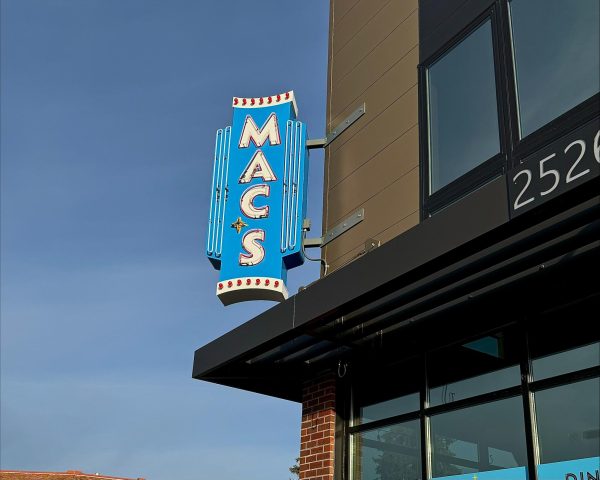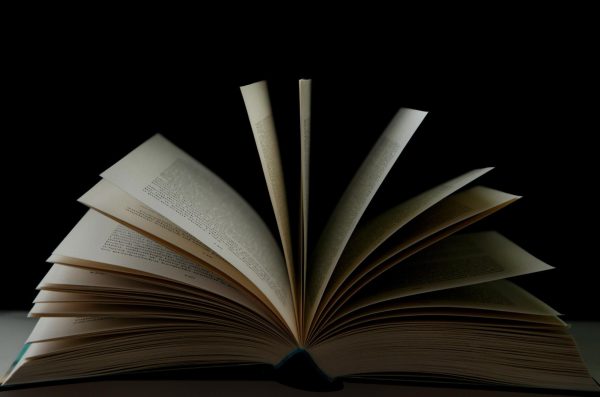Great Gatsby Graphic Novel Book Review
A New Rendition of a Classic
Thanks to K. Woodman Maynard, a graphic novelist and graphic artist, a new rendition of the classic Great Gatsby has arrived on the scene as a graphic novel. Maynard was raised in Minnesota. She attended Harvard and graduated at the top of her class in graphic arts. After graduation, Maynard lived and worked in San Francisco as a graphic artist.
Five years later, Maynard returned to Minneapolis for good. According to Maynard’s bio, she had been doodling Great Gatsby’s characters since high school. She knew one day that she would publish her own visual version of this classic work. Thankfully, for readers, Maynard was not bound by the unwritten sexist rules of the roaring 20’s, and she was able to achieve her dream.
Maynard credits her love of F. Scott Fitzgerald’s novel to her high school English teacher, Michael Bazzatt for teaching this work so compellingly. Readers aren’t told what Woodman means by that statement. Instead, she shows them with stunning simplicity.
Visually, despite blatant verbal displays of classism, racism and sexism, the watercolors used to illuminate this work are soothing. Pale blues, dull grays, rosy pinks, and bright yellows nearly lull the reader into believing this time the Great Gatsby is going to end differently. Maynard’s visuals give readers a crumb of false hope.
Readers can’t help but dream for a second that the short dresses and bobbed hair of Daisy Buchanan and Jordan Baker are the symbols of female independence the roaring 20s wanted them to be. In Fitzgerald’s eyes, their style is a façade that conceals bitterness and sadness for both women. Despite their affluence, neither woman can live the life they want. Marriage is a required business transaction that has little to do with love and has everything to do with financial security.
Daisy feels compelled to be cheerful and silly. She’s keenly aware her husband, Tom, cheats on her. Daisy turns a blind eye because she enjoys the life her affluent husband gives her. She’s decided true love is painful and doesn’t pay the bills, but Tom does. Because of this, Daisy soldiers on in her marriage.
The following quote about Daisy’s infant daughter, Pammy, shows readers the unbearable sense of futility Daisy feels about her own life and her daughter’s future. She says, “I hope she will be a fool. That’s the best thing a girl can be in this world, a beautiful little fool.”
Meanwhile, Tom hides his own insecurities in his extramarital affairs and blatant racism toward African Americans. He fears they will overtake the white race. At least, that’s what he says without any supporting evidence.
Jordan fakes indifference to the world around her. Yet, she is drawn to Nick Carraway’s Midwestern sensibilities. She knows Nick has no money. Jordan overlooks this because she believes Nick would never break her heart.
Gatsby himself is in the worst pain of all, as he pines for his beloved Daisy. Gatsby gives and gives to his legions of unknown house guests in hopes that the universe would finally lead Daisy back to him. Gatsby had worked hard to achieve the American dream, but he can’t escape the overwhelming stench of new money.
Fitzgerald still shows readers that his characters are trapped in their station with no way out, despite Maynard’s pretty pictures surrounding Fitzgerald’s words. Money solves nothing. All of Fitzgerald’s characters are in pain.
Maynard’s graphic novel is a beautiful work of art. She admits that she reordered portions of the work for conciseness. It’s also important to note that Fitzgerald’s poetic prose is a little heavy-handed for a graphic novel. A substantial amount of his prose had to be left out. Maynard’s version is more about character interaction versus Nick Carraway’s observations of these characters in the original Great Gatsby.
If reading the original Great Gatsby feels intimidating, I recommend reading this graphic novel to get an idea of what F. Scott Fitzgerald was trying to say through his characters. Pay close attention to the panels because passages from the original literary work are hidden throughout the watercolor images.
It’s a quick read made even quicker by the graphic novel format. This nearly hundred-year-old work is as relevant today as Fitzgerald felt it was in 1925. Sadly, Fitzgerald did not receive any critical acclaim for this work until long after his death. Stop by your local bookstore to get a copy or check it out on Amazon Kindle.



